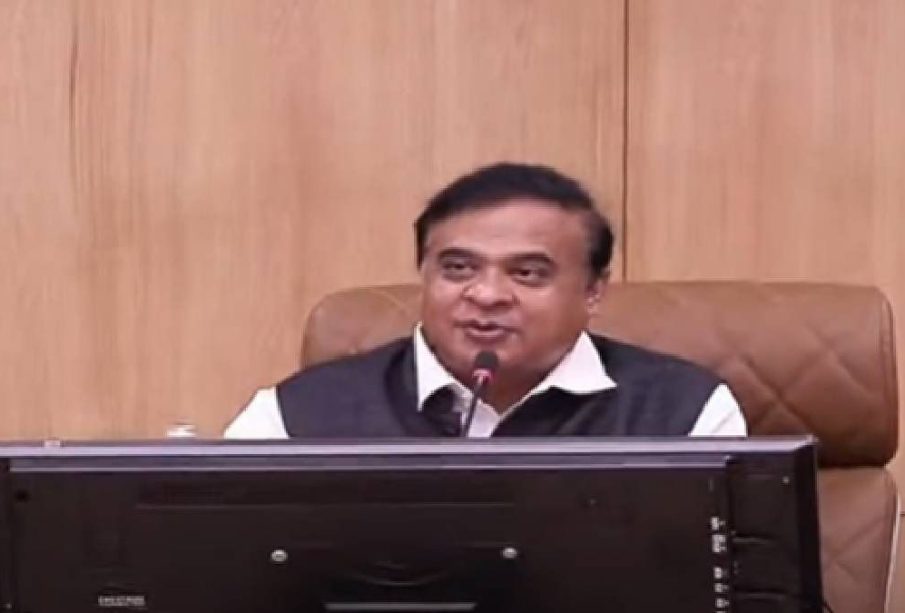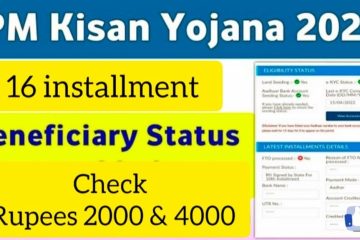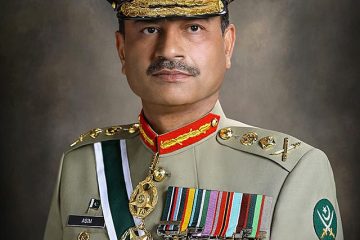Himanta Biswa Sarma: Assam’s Dynamic Chief Minister

Introduction
Himanta Biswa Sarma, the current Chief Minister of Assam, has become a significant figure in Indian politics, particularly in the northeastern region. His role is crucial in shaping the state’s governance and socio-economic development. With the Bharatiya Janata Party (BJP) at the helm, Sarma’s leadership has drawn attention towards the party’s policies aimed at addressing local issues and enhancing Assam’s growth trajectory.
Bgrowth in Political Career
Sarma began his political journey with the Indian National Congress before switching to the BJP in 2015. His transition played a pivotal role in strengthening the BJP’s base in Assam, leading to its historic win in the 2016 Assembly elections. Since becoming Chief Minister in May 2021, Sarma has focused on initiatives pertaining to health, education, and infrastructure, showcasing a proactive approach to governance. Under his administration, Assam has also seen improvements in law and order, tackling issues such as militancy and communal violence.
Notable Policies and Initiatives
Sarma’s government has launched several initiatives aimed at improving the quality of life in Assam. The ‘Orunodoi Scheme’ provides financial assistance to low-income families, while the ‘Arundhati Gold Scheme’ aims to promote savings among women. Furthermore, Sarma is committed to enhancing Assam’s educational infrastructure by establishing new colleges and improving existing ones. His administration’s efforts in the health sector, especially during the COVID-19 pandemic, have been pivotal in ensuring vaccine coverage and healthcare accessibility.
Challenges and Criticisms
Despite the positive strides, Sarma’s tenure has not been without challenges. His government has faced criticism over issues such as unemployment and the handling of ethnic tensions in the region. The recent unrest concerning the CAA (Citizenship Amendment Act) in Assam brought forth protests against the government, raising questions about social integration and communal harmony. Sarma’s approach has emphasized strict law enforcement, which some believe may further exacerbate dissent if not handled with adequate dialogue.
Conclusion
Himanta Biswa Sarma remains a central figure in Assam’s political landscape, embodying both the aspirations and frustrations of the state’s populace. As he continues to navigate through various challenges, the coming years will be crucial to solidifying his legacy. The ability to harmonize development with peace and social cohesion will determine not only his leadership but also influence the future trajectory of Assam as a whole.








